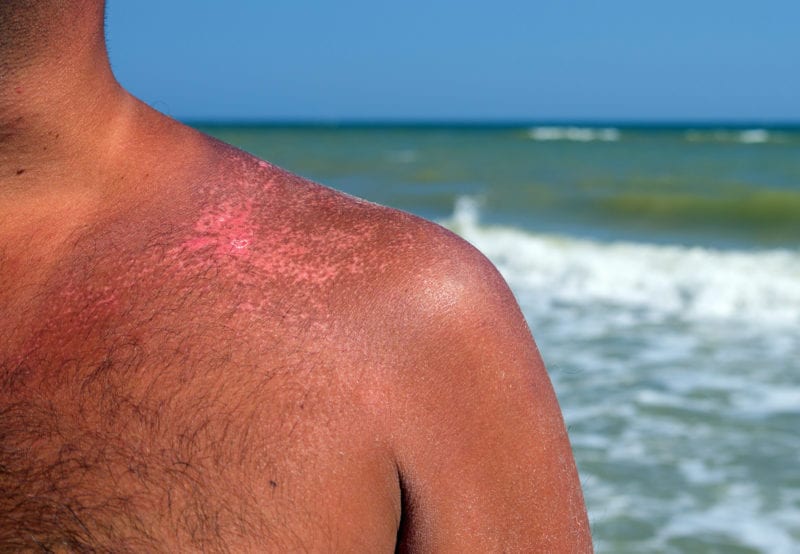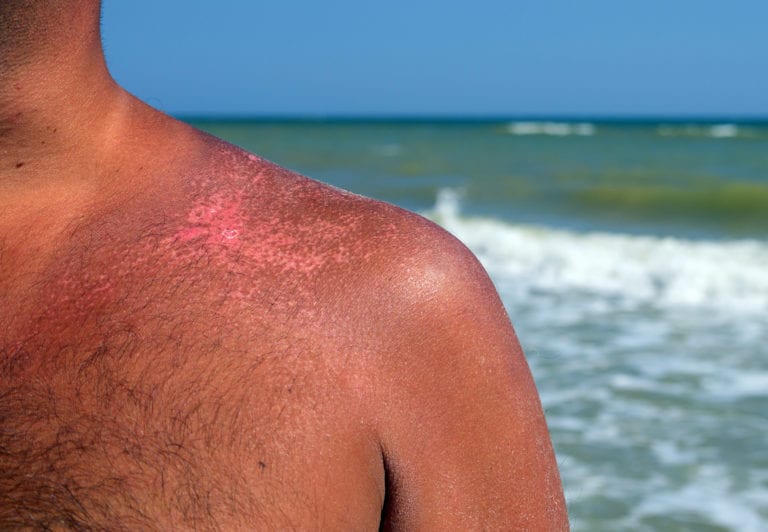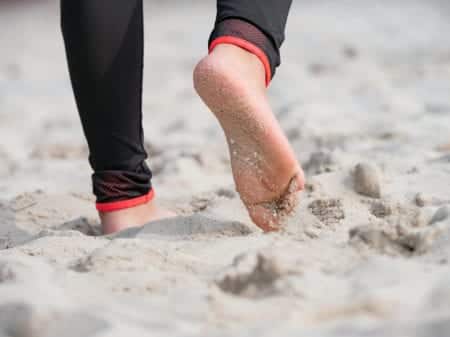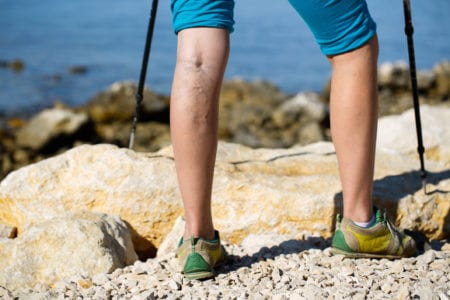
How to Prevent Beach Chafing
Share

What Causes Beach Chafing?
Have you ever noticed you started to chafe while at the beach? Beach chafing can ruin your day and cause tenderness and painful blisters.
Beach chafing results as the skin dries, leaving behind salt and sand deposits from sweat and seawater. These deposits create friction which deteriorates the top layer of skin, the first sign of chafing. When the outer layer of skin deteriorates, it prevents the skin from maintaining moisture and the natural oils that normally prevent chafing.
1. Rinse Off

Beach chafing can be easily mitigated by rinsing off saltwater and deposits. Utilize the showers accessible at most public beaches and if no showers are available, bring your water of your own to use for rinsing. Also, do you best to allow your swimsuit to dry completely before pursuing additional activities. Wet clothing can increase friction and is the easiest way to start chafing at the beach.
2. Lubrication
There are many products that can help reduce friction and beach chafing. These include baby powder and petroleum jelly but neither are ideal to combat beach chafing. Body Glide® balms are specifically designed to be used at the beach. They do not wash off in the water nor stain your clothing. Simply apply the balm anywhere you might be susceptible to chafing such as thighs, armpits, and the chest area. Body Glide® balms create an effective, water resistant barrier on your skin to mitigate the harsh conditions that create chafing at the beach.
3. Clothing Choices
Ditch the Liners
If you notice your swim trunk liners are harming you more than they are helping, you are probably right! Swimwear liners can trap sand and other debris in this critical area. The net-like material can cause chafing just by itself. Use scissors to remove the lining from the suit.
Bring Extra Clothes
Your clothing and swimwear are usually the main culprit when it comes to beach chafing. Once out of the water, change into dry clothes. Wearing clean, dry clothes when not in the water will keep you comfortable until your next swim.

A quick rinse and change of clothes will rid you of the salt, sand and debris. As an added bonus you won’t have to worry about your swimwear tracking that all back to your car and house!
Anti-Chafe Swimwear
If adding more clothes at the beach seems silly or is not possible, it might be worth investing in some anti-chafe swim gear. This swim gear is made with special materials designed to reduce beach chafing. Many include antibacterial liners to decrease skin irritation.
Material
Avoid loose fitting cotton clothes at the beach as much as possible. Cotton is by far the worst material for chafing as it absorbs water and does not wick it away from your skin. Athletic clothing with synthetic fibres helps manage your sweat, which can leave behind salt deposits and promote chafing. Loose fitting clothes rub against your body more, increasing friction and chafing against your skin.
